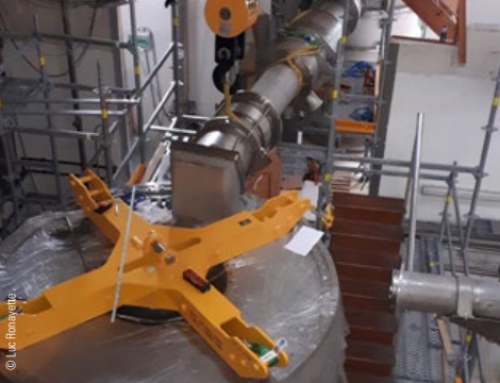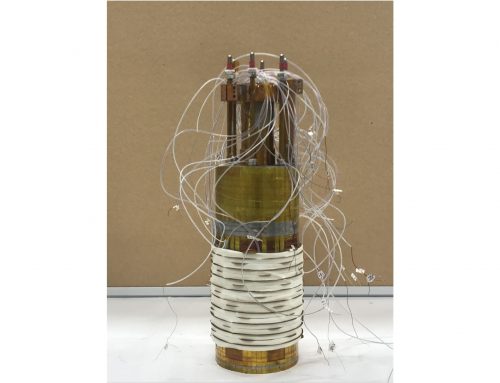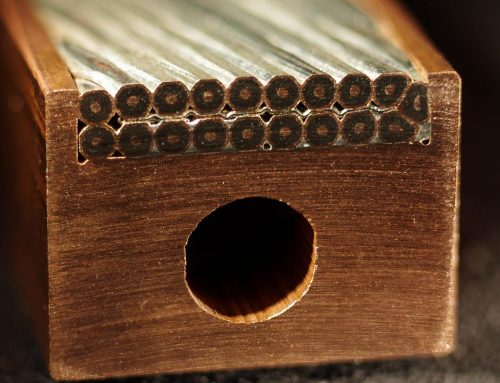Alessandro Surrente, Atsuhiko Miyata, Oliver Portugall, and Paulina Plochocka, LNCMI-Toulouse
Magnetic fields exceeding 100 T can be obtained only by semi-destructive methods. In one approach, the magnetic field is generated by a single-turn coil, which explodes during the pulse leaving the cryostat where the sample is mounted intact. Very high magnetic fields can be generated, up to 350 T, at the expense of the pulse duration of approximately 5 μs. In spite of this experimentally challenging environment, sensitive optical measurements can be performed. The first “Megagauss” magneto-spectroscopy setup at the LNCMI-Toulouse uses a monochromatic source and Monitors the light transmitted through the sample during the magnetic pulse. During the magnetic field sweep, the optical transmission drops, due to the increased absorption when hitting resonances (e.g. interband Landau-level transitions).
The implementation of an experimental method which provides also spectral resolution is desirable. This can be achieved by using a streak camera equipped with a single scan unit. In this approach, the light transmitted through the sample is redirected to a streak camera, which is triggered to start its sweep just before the start of the magnetic field pulse. In the streak image, each horizontal line corresponds to a spectrum measured at a specific delay with respect to the trigger signal or, equivalently, to a spectrum measured at a different value of the magnetic field. Using a white-light source and such a streak camera, we have recently performed at Toulouse the first magneto transmission measurements of a thin film of methylammonium lead triiodide (MAPbI3), a perovskite semiconductor intensively studied for photovoltaic applications. Preliminary results are shown in the Figure. In panel (a) we show the temporal profile of the magnetic field. In panel (b) we Show the corresponding streak Image measured at energies around the 1s absorption of MAPbI3. The Limit between the green and blue zones represents the 1s state of MAPbI3, which follows the profile of the applied magnetic field. By a proper choice of the monochromator parameters, the whole energy-magnetic field landscape of interest will now be available in one single field pulse. So far, this is limited to the UV-VIS range, but we are studying the possibility to extend this into the NIR and are looking forward to user proposals using this new setup.







Leave A Comment
You must be logged in to post a comment.